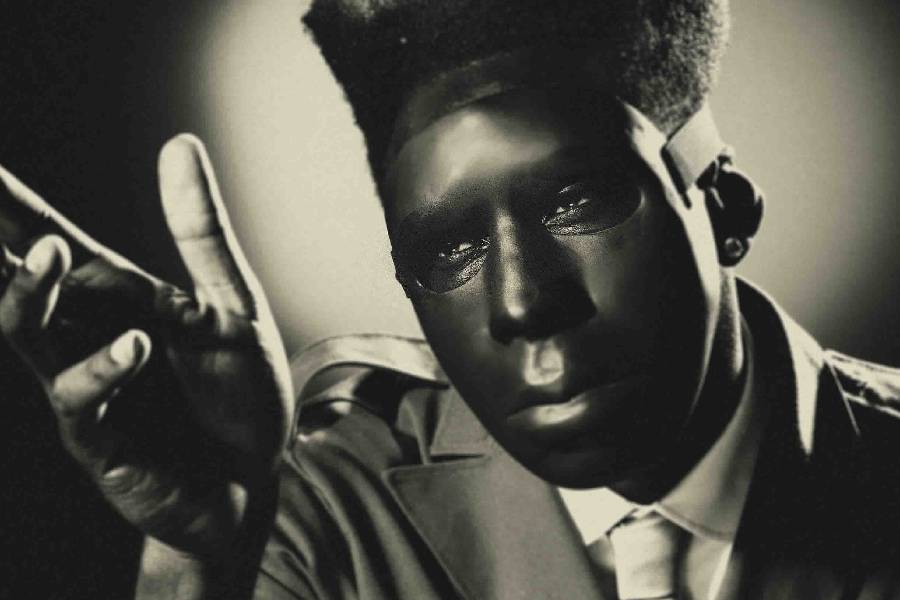At the age of 74, Paul Simon has every right to settle into a groove. He’s been a mainstay of pop music for nearly 50 years now, so it would be well within his rights to phone in a new album that would follow his traditional folk sound. Instead, Simon proves he has not stopped being innovative. His latest effort, “Stranger to Stranger,” shows Simon just as inspired as ever. The album is a harmonic convergence of sound, and Simon makes the listener consider each word carefully. “Stranger to Stranger” is not easy listening, and Simon has crafted a tricky album that’s just as rewarding as any of his seminal works.
“Stranger to Stranger” is, at times, reminiscent of classic hip-hop, for it seamlessly blends instruments, lyrics and other sound effects. The juggling act results in a wall of sound, with intricacies lying in wait for the listener to pick up on them.
The depth of Simon’s songwriting is on full display with the lead single “Wristband.” Through this song, Simon deconstructs the wealth disparity in live concerts: Those who have money get access to the best seats with their wristbands, while those who don’t are now marked for what they don’t have. A base guitar, maracas, deep echoes, and a horn section give the track life. Meanwhile, the lyrics make the listener reconsider their worth in this concert economy and whether this wealth division is fair.
The album, through its wide range of stories and instrumentation, is not repetitive. “Wristband” cannot be confused with the titular “Stranger to Stranger,” which is a love song that uses drums and wind-chimes and boasts a saxophone solo. It’s an intimate affair, quite the opposite of Simon in “Wristband,” which sounds more like a performance for the masses. No two songs sound exactly alike, making “Stranger to Stranger” consistently rewarding. The joy and pain of every song is laced in the careful instrumentation.
The album earns respect by not holding the listener’s hand. Each track is its own adventure from beginning to end. Everyone will find hidden treasure in the form of a personal meaning. “The Clock” begins with the ticks and tocks of a clock, and that blends into a child’s xylophone followed by bells and chimes. The ticks seem to get louder as the xylophone fades out. It’s the perfect type of cryptic, not to mention that there are no lyrics on this track to guide the listener. It’s a singular experience carefully crafted by an expert storyteller, and he didn’t even have to use words. He has help from session musicians on the bass, drums, viola and other obscure instruments. Simon himself is heard playing the 12-string guitar, harmonica, glockenspiel and more.
One of the most rewarding, exciting and enthusiastic albums of 2016 comes from a 74-year-old man who needs to prove he still belongs in the popular zeitgeist. The album’s closer, “Insomniac’s Lullaby,” begins with an ambulance siren, melds into some beautiful acoustic guitar and turns into a song about God, getting old and sleeping. The tortured lullaby concerns a speaker desperately wanting God to let him get some rest. The final words on the album, repeated twice, are, “Eventually we’ll all fall asleep.” It’s oddly peaceful, and the silence leaves the listener not wanting more, but satisfied. Simon has not gone to sleep, not by a long shot.




















